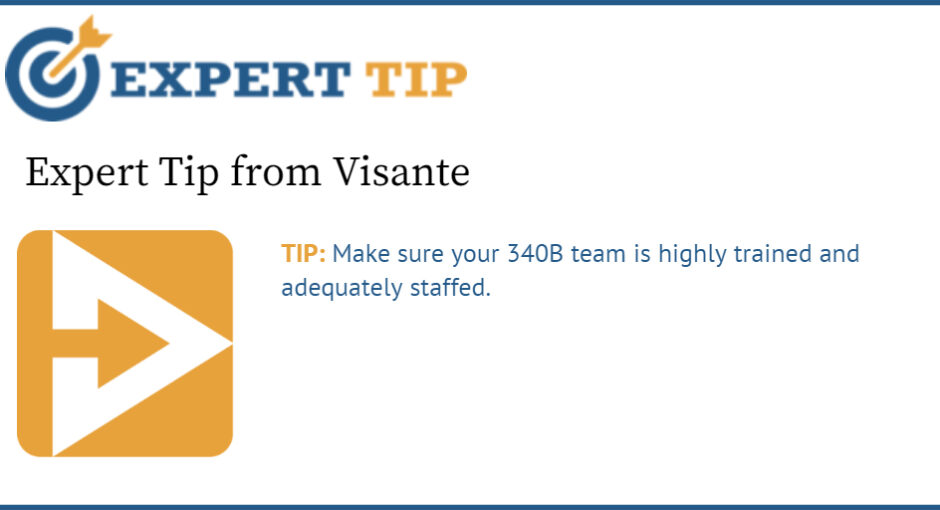
SPONSORED CONTENT

TIP: Pay close attention and continually prepare for the possibility of a full rebate model.
HRSA’s recent announcement of a 340B rebate model pilot is stirring conversation—but don’t mistake it as the final destination. While the pilot introduces limited data requirements for the model pilot, it’s only a preview of what I expect to come.
While we await HRSA’s comment period to elapse, there could be changes to the required data elements. The initial data requirements that HRSA issued did not adequately explain how to handle the proposed piloted drugs when administered in a clinic setting. We know that manufacturers want more than just pharmacy data but also patient and purchasing data. Their push for more data elements means the complete data set will be essential in the long run. That’s why it’s critical to pay close attention and continually prepare for the possibility of a full rebate model!
Stay proactive: Ask your data partners to demonstrate their ability to submit all required data elements—not just those in the pilot. This ensures you’re ready if a full model rolls out.
Reference: Back in May, I submitted the 340B Report Industry Insights article “Should We Prepare for a 340B Rebate Model?” Check it out; it is imperative to be ready.

Justin Ott is Principal, Account Management, at AuthorityRx. He can be reached at jott@authorityrx.com
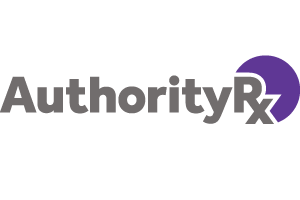

SPONSORED CONTENT

TIP: Take these six steps to build a strong data analytics foundation.
Data analytics is transforming healthcare, turning raw information into actionable insights that improve patient care, streamline operations, and support strategic decision-making. As healthcare organizations face increasing pressure to deliver value, reduce costs, and enhance outcomes, the ability to harness data effectively has become a critical capability.
Here are 6 steps to help get you started:
- Assemble the right team: Build a group with analytics expertise, workflow understanding, and commitment to data integrity and governance.
- Select effective tools and workflows: Invest in analytics platforms and processes that support structured, compliant, and reliable data collection.
- Emphasize data storytelling: Use dashboards, KPIs, and tangible examples to communicate insights and inspire organizational change.
- Tailor practical steps: Adapt analytics approaches to your organization’s current level, whether just starting out or scaling up.
- Invest in training and partnerships: Overcome resource and knowledge gaps through education and collaboration with data-savvy partners.
- Focus on actionable insights: Center analytics efforts on generating real-world, actionable findings that support your mission and improve patient care.
A Partner in Your Mission
At VytlOne, Our Mission is Your Mission. We identify your organization’s financial opportunity and create actionable insights to drive your mission forward.
Request your copy of our Pharmacy Growth Report to discover the hidden revenue potential of your in-house pharmacy today.

Clay Cooper is Director of Insights Execution & Innovation at VytlOne. He can be reached at clay.cooper@vytlone.com
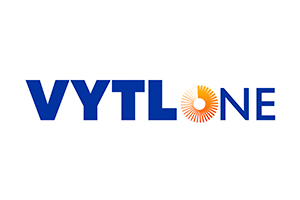

SPONSORED CONTENT

TIP: Maximize 340B savings by manually pulling in rejected and qualified claims.
Manually pulling in rejected and qualified claims in the TPA database is a critical step in capturing eligible 340B savings that may have been missed due to unmatched prescription data. Claims can fail to match automatically to an EMR (Electronic Medical Record) or ERX (Electronic Prescription) record due to discrepancies in provider documentation, timing issues, or data entry errors. By reviewing and manually adjudicating these claims, covered entities (CEs) can identify encounters that still meet 340B eligibility requirements but were not captured through automated matching. This practice ensures the entity maximizes its 340B benefit while maintaining program compliance.
Furthermore, this manual reconciliation process supports stronger audit preparedness and data integrity. By documenting the rationale for qualifying claims and ensuring proper linkage to eligible encounters, CEs can provide a defensible audit trail. It also helps identify patterns in rejected claims that may point to workflow or system issues, allowing for targeted improvements. Ultimately, consistently reviewing and processing unmatched claims manually helps optimize program performance while upholding the accuracy and accountability essential in 340B operations.

Sejal Patel is Senior Director of Client Success at Pillr Health. She can be reached at spatel@pillrhealth.com
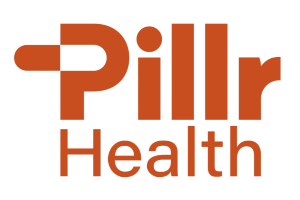

SPONSORED CONTENT

TIP: When a covered entity participates with 340B ESP™ to obtain 340B pricing restoration, it is critical to monitor manufacturer policies, ESP eligibility, wholesaler pricing, TPA settings, and data submission accuracy on a routine basis.
Consistent monitoring is critical to ensure uninterrupted access to 340B pricing when submitting data to 340B ESP™. Begin by reviewing manufacturer policies regularly—these can change frequently and are available through resources like the 340B ESP™ Resources page and the 340B Report. Be aware of any manufacturer-specific requirements, such as requirements to submit in-house retail pharmacy data. Keep in mind that manufacturers do not routinely notify CE’s when they are updating their pricing policy.
An eligibility file is available to download from the 340B ESP™ portal. The file is the source used for determining 340B pricing eligibility, so it is important to confirm that your contract pharmacies are appropriately listed as eligible and promptly follow up on any discrepancies. Once pricing eligibility is confirmed within 340B ESP™, track wholesaler pricing catalogs to validate pricing has been appropriately restored and identify any issues early. TPA (third-party administrator) settings should be reviewed routinely to ensure that appropriate blocks are in place and no contract pharmacies are improperly excluded from data submissions. Additionally, confirm that your submission balances in the 340B ESP™ portal accurately reflect the pharmacies you intend to include in data submissions. Validate that in-house pharmacies are listed accurately and that contract pharmacy data submissions are being applied accurately to balances.
Finally, be aware of relevant state-level laws that may impact contract pharmacy relationships and data sharing. A routine, comprehensive review of these areas helps protect your pricing and ensures compliance with evolving 340B program requirements.

Dani Stewart is 340B Program Director at Visante. She can be reached at astewart@visanteinc.com
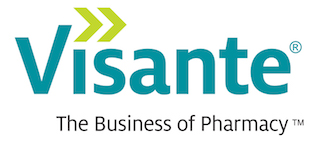

SPONSORED CONTENT

TIP: Optimize NDC selection by evaluating utilization, not just 340B accumulations.
When selecting a preferred National Drug Code (NDC) within a medication grouping (e.g., lisinopril 10 mg), many covered entities (CEs) focus solely on available 340B accumulations. While important, this can lead to suboptimal choices if historical utilization across all account types (340B, GPO, WAC) is not also considered.
Instead, analyze utilization patterns to calculate a weighted price for each NDC based on how often it’s used under each pricing category. This ensures you’re selecting the NDC that offers the best net value—not just the most 340B savings in isolation.
Additional considerations:
- It may still make sense to purchase the remaining 340B accumulations before transitioning to a new NDC.
- Factor in operational impacts—e.g., unit dose vs. bulk bottle, vial vs. syringe, or alignment with committed contracts.
- With most CEs managing over 4,000 medication groupings, manual optimization is not scalable.
That’s where a tool like Trulla Procurement adds value. Trulla automates NDC optimization by factoring in historical utilization, contract pricing, and operational preferences—giving pharmacy buyers data-driven recommendations at scale.

Matt Parker is Vice President of Trulla at SpendMend. He can be reached at mparker@spendmend.com
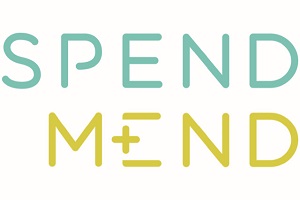

SPONSORED CONTENT

TIP: Align charge capture and 340B strategy to unlock long-term sustainability.
In today’s margin-pressured environment, 340B savings alone aren’t enough. To build a truly sustainable operation, hospitals and other covered entities (CEs) should align their 340B programs with broader reimbursement and charge capture strategies. That means ensuring accurate documentation, optimizing coding workflows, and validating charges in real time.
CEs that unify 340B tracking with enterprise-level revenue integrity efforts are better equipped to reinvest savings, offset shortfalls, and expand access to care—even in high-need communities.
At The Craneware Group, we see this alignment as a critical differentiator for safety net hospitals and other 340B providers aiming to improve financial sustainability while maintaining compliance. It’s not just about protecting 340B—it’s about protecting your mission.

Chris Boles is Senior Vice President of Account Management at The Craneware Group. He can be reached at CBoles@craneware.com
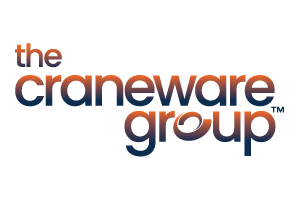

SPONSORED CONTENT

TIP: Don’t overlook in-house pharmacy capture as a way to maximize your 340B program savings.
Today, fewer than 25% of covered entities are capturing even half of their eligible prescriptions—leaving significant savings and patient impact on the table. With looming changes to the 340B program threatening these critical resources, improving capture has never been more urgent.
Many covered entities are aware of the challenge, yet fewer than 15% have a clear strategy to address it. Patients often don’t understand the benefits of using 340B pharmacies, and providers rarely have the time or tools to educate them during visits.
Our AI-powered analytics and patient engagement tools identify prescription leakage and help you recover it—efficiently and effectively. By guiding patients to your pharmacy, you not only boost adherence and outcomes but also drive sustainable 340B savings.
Reach out to us at hello@compassrx.com to learn more.

Ali Farzad is CEO of CompassRx. He can be reached at ali@compassrx.com
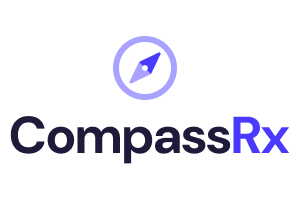

SPONSORED CONTENT

TIP: Use quarterly eRx data analysis to identify contract pharmacy expansion opportunities, including independent pharmacies.
Every quarter, covered entities should have their TPAs looking for contract expansion opportunities, including independent pharmacies. Covered entities should pull eRx data to see where their patients are filling prescriptions, helping identify changes in patient pharmacy choices and protect 340B savings from decreasing.

Justin Rolling is President at CaptureRx. He can be reached at justin.rolling@capturerx.com
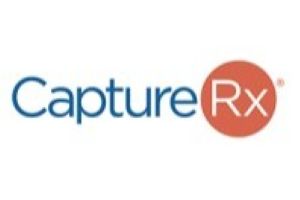

SPONSORED CONTENT

TIP: Entities using third-party administrators (TPAs) should understand system functionality and strengthen oversight with regular audits to reduce compliance risks.
As the 340B program becomes more complex, many covered entities (CEs) rely on TPAs to manage essential operations. However, using a TPA for critical compliance responsibilities demands active oversight above mere delegation. CEs should have a thorough understanding of their TPA settings to ensure that they accurately reflect the organization’s 340B policies and procedures—an essential component of program compliance. This responsibility extends beyond core configuration settings to include any value-added services provided by the TPA. Rather than letting configurations passively run in the background after initial implementation, entities should conduct routine audits to validate alignment, identify compliance issues early, and reinforce internal oversight efforts. Active engagement with TPA settings is critical in safeguarding 340B program integrity.
In response to the need for stronger TPA management, the Apexus Advanced 340B Operations Certificate Program has developed an exclusive tool: the TPA Maintenance Toolkit, available soon to all program enrollees and 340B ACEs via the Operations Certificate Exclusive Tools course in the Apexus Education Portal. Designed by 340B experts, this resource helps bridge the gap between policy and practice with practical prompts that make complex oversight more manageable. It’s one of many tools available exclusively through the program—alongside a stakeholder contact log, a product mapping aid, and others. These tools are designed to simplify your role, support compliance, and help you confidently lead 340B operations.
Enroll in the certificate program today to advance your 340B knowledge and unlock practical, exclusive tools that help you lead 340B operations confidently.
Have questions? Contact us at 340BCertificate@apexus.com.
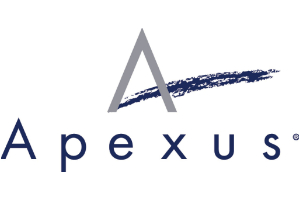

SPONSORED CONTENT

TIP: Don’t Leave Compliance to Chance – Audit 100% of Your 340B Transactions.
With sweeping changes proposed in the latest presidential executive order, a surge in manufacturer-led audits, more states enacting provider reporting laws, and heightened scrutiny of 340B in Washington, D.C., the regulatory environment is more challenging and unpredictable than ever. Health systems and grantees must ensure their 340B programs are prepared for increased regulations and oversight.
In the face of a tumultuous legislative and regulatory landscape, Bluesight’s new 2025 Hospital Pharmacy Operations Report highlights the growing need for increased self-auditing of 340B transactions to safeguard organizations. Spot checks and sample audits may have been sufficient in the past, but they now leave 340B Covered Entities exposed to compliance risks, lost savings, and potential penalties.
Organizations must move beyond outdated, manual auditing strategies to protect their 340B program and ensure long-term sustainability. A 100% audit approach isn’t just ideal—it is essential. Relying on sample-based or periodic audits is demanding on resources, limits the team’s agility, and ultimately exposes teams to increased risk. A 100% audit empowers teams to identify issues in real time, take proactive action, and maintain confidence in program compliance, regardless of how the landscape evolves.
Simplify continuous compliance as your program grows and regulations become increasingly complex. Bluesight’s 340B Compliance Solution, 340BCheck, consolidates your 340B compliance into one location, providing hospitals and grantees with complete oversight and 100% auditing capabilities. Integrate disparate data sources, monitor compliance, and validate every transaction to stay HRSA audit-ready – all to scale your program and reduce financial risks.

Lauren Forni, PharmD, MBA, is Bluesight’s Senior Director of Clinical Strategy. She can be reached at lauren.forni@bluesight.com
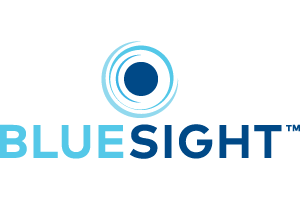
*Sign up for news summaries and alerts from 340B Report



